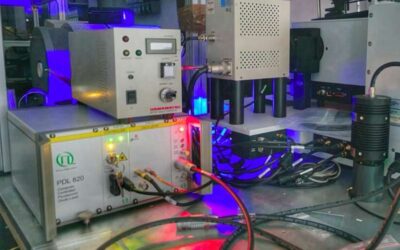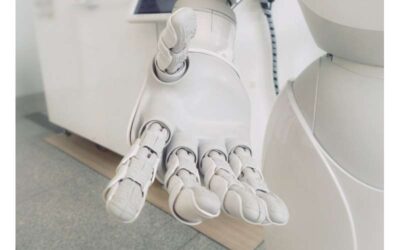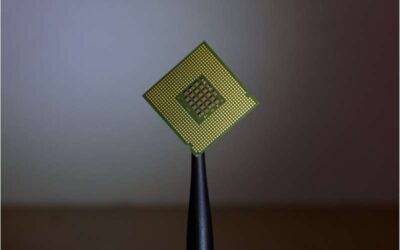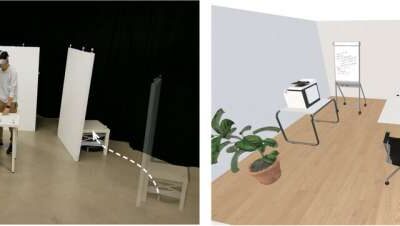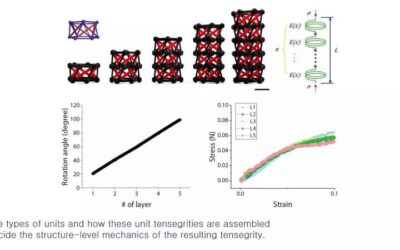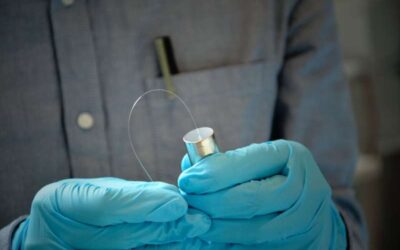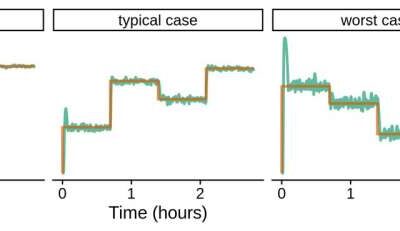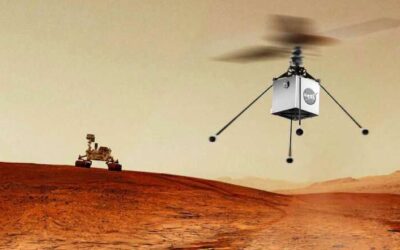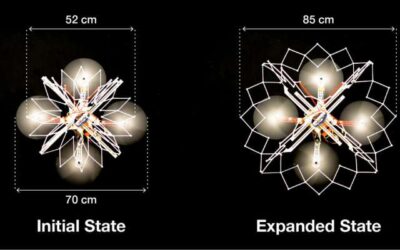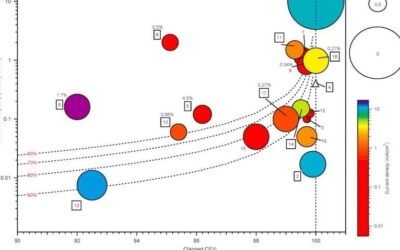Organic photovoltaics are a third-generation solar cell technology made of electron donor and electron acceptor materials instead of conventional semiconductor p-n junctions. The performance of this alternative solar cell technology has improved significantly over the...
TECHXPLORE
Do explanations for data-based predictions actually increase users’ trust in AI?
In recent years, many artificial intelligence (AI) and robotics researchers have been trying to develop systems that can provide explanations for their actions or predictions. The idea behind their work is that as AI systems become more widespread, explaining why they...
Radiation-immune and repairable chips to fabricate durable electronics
To operate safely and reliably in outdoor environments, electronic devices should be resistant to a wide variety of external factors, including radiation. In fact, high-energy radiation can damage several components of field-effect transistors (FETs) commonly used to...
RoomShift: A room-scale haptic and dynamic environment for VR applications
Researchers at University of Colorado Boulder's ATLAS Institute have recently created RoomShift, a haptic and dynamic environment that could be used to support a variety of virtual reality (VR) experiences. This new haptic environment, introduced in a paper...
A 3D-printed tensegrity structure for soft robotics applications
Tensegrity is a design principle that has often been applied by artists, architects and engineers to build a wide range of structures, including sculptures, frames and buildings. This principle essentially describes the dynamics that occur when a structure maintains...
Commercial battery cells that can monitor their own chemical and thermal state
Battery technology can sometimes be unstable and volatile, two characteristics that impair its safety and reliability. Actively monitoring the chemical and thermal state of battery cells over time could help to detect changes that may cause incidents or malfunctions,...
Using deep learning to control the unconsciousness level of patients in an anesthetic state
In recent years, researchers have been developing machine learning algorithms for an increasingly wide range of purposes. This includes algorithms that can be applied in healthcare settings, for instance helping clinicians to diagnose specific diseases or...
A three-agent robotic system for Mars exploration
Mars, also known as the red planet, has been the focus of numerous research studies, as some of its characteristics have sparked discussions about its possible inhabitability. The National Aeronautics and Space Administration (NASA) and a few other space agencies have...
PufferBot: A flying robot with an expandable body
Researchers at University of Colorado Boulder's ATLAS Institute and University of Calgary have recently developed an actuated, expandable structure that can be used to fabricate shape-changing aerial robots. In a paper set to be presented at the 2020 IEEE/RSJ...
Reviewing recent efforts to improve the reversibility of zinc anodes in rechargeable batteries
Rechargeable zinc metal batteries (RZMBs) could be a viable alternative to lithium ion batteries, which are currently used to power many types of electronic devices, as well as electric vehicles. Recent studies suggest that using optimized electrolytes could lead to...

